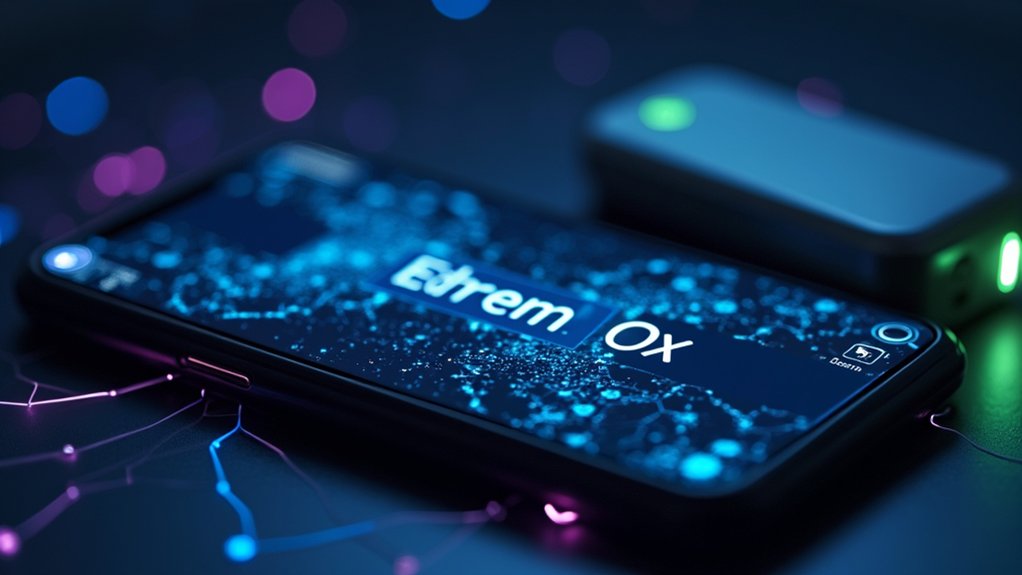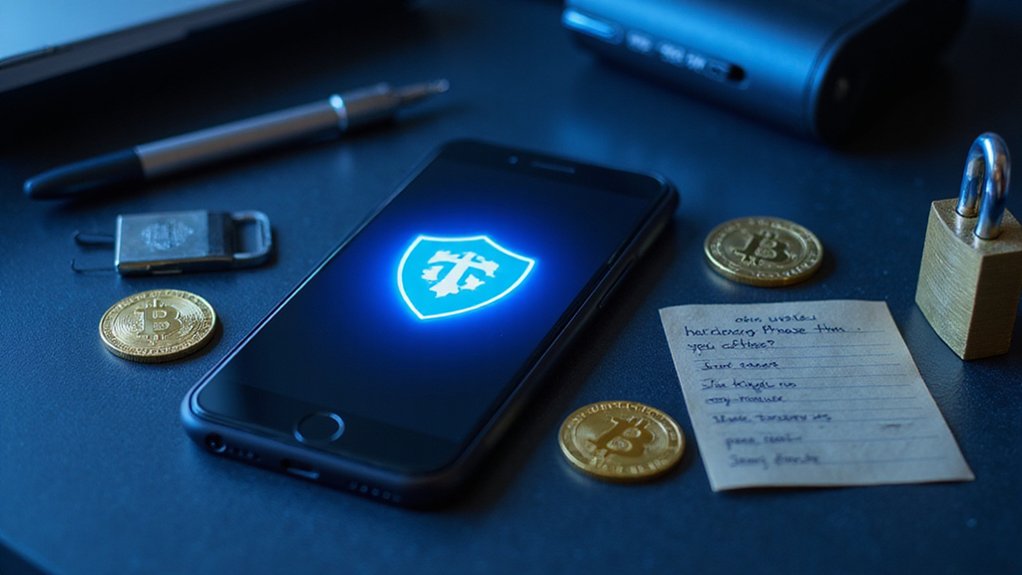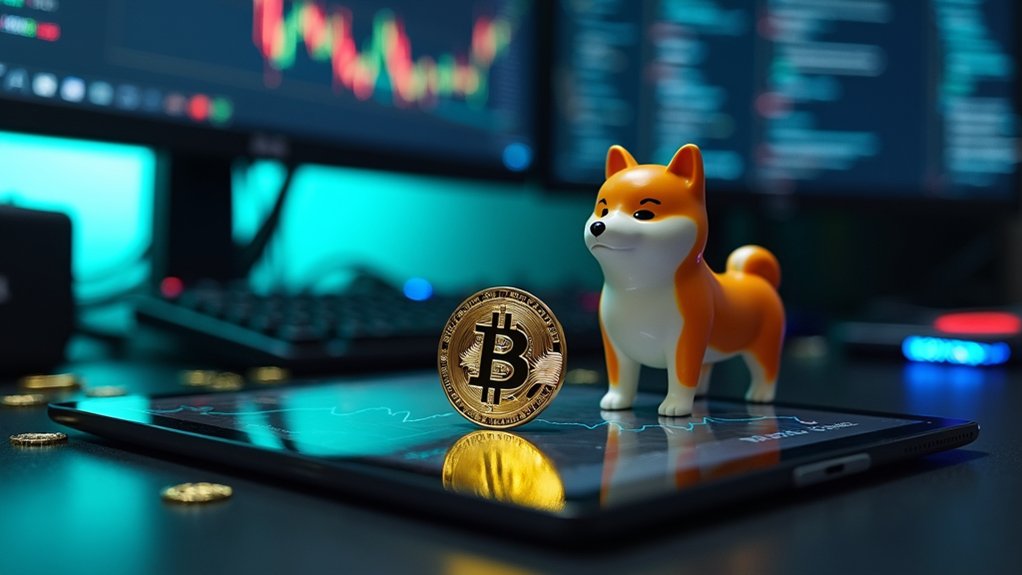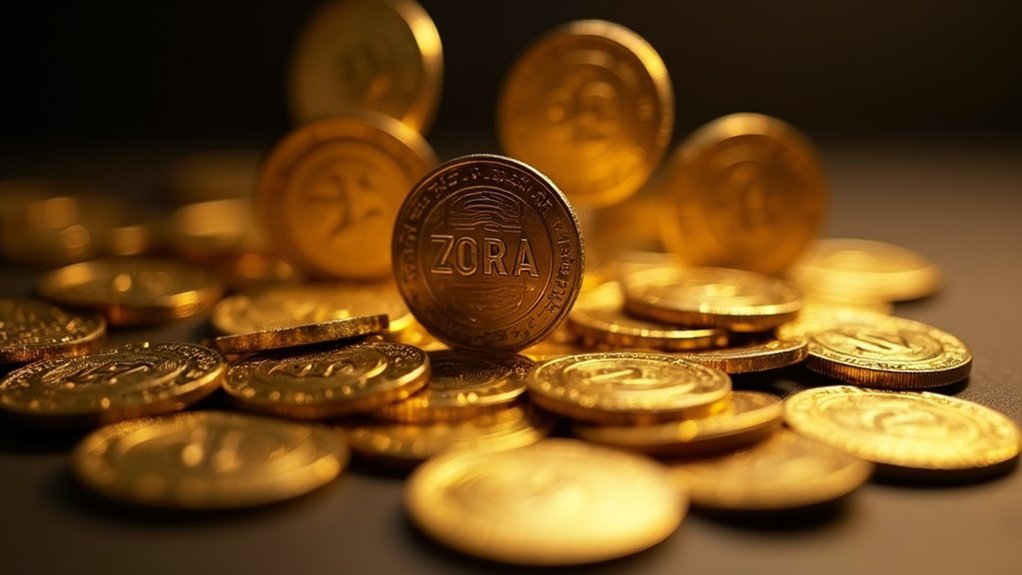An EVM wallet address is a 42-character string (starting with “0x”) that functions as your digital identity across Ethereum-compatible blockchains. Generated through one-way cryptographic processes—private key creates public key, which produces the address—it enables interaction with decentralized applications, smart contracts, and token transfers. The address works identically across multiple networks like Polygon and Binance Smart Chain, offering remarkable interoperability while maintaining security through asymmetric cryptography. The technological elegance belies the revolutionary financial infrastructure beneath.
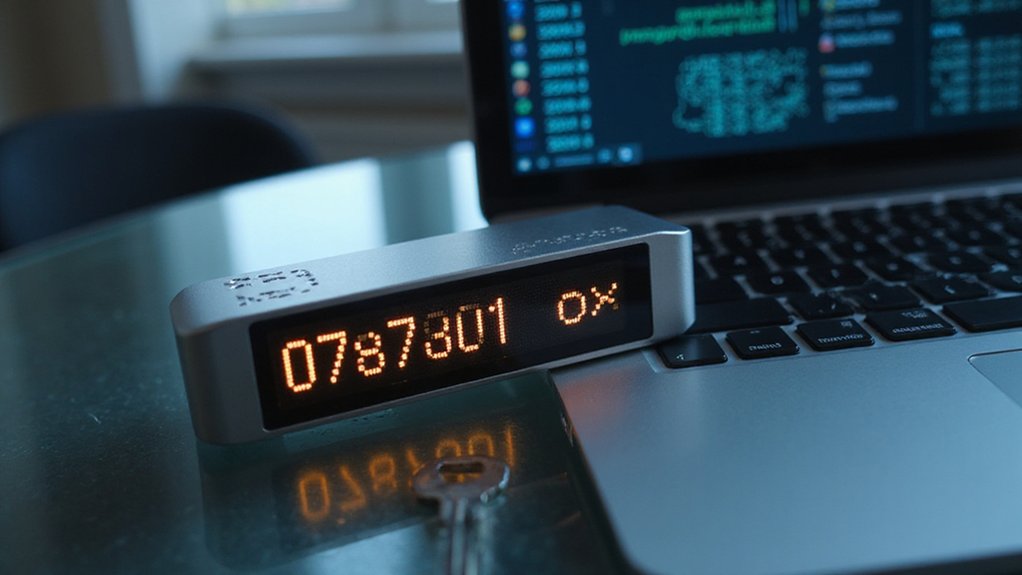
When traversing the labyrinthine world of blockchain technology, few components prove as fundamental—yet as cryptically complex—as the EVM wallet address. This 42-character string, invariably beginning with “0x,” serves as a user’s digital identity card across Ethereum and its compatible blockchains, enabling participation in the decentralized ecosystem that continues to reshape financial paradigms.
EVM wallet addresses emerge from a sophisticated cryptographic process involving private and public keys.
The private key—a closely guarded secret—generates the public key, which in turn produces the address through non-reversible encryption techniques.
This architectural design guarantees that while transactions remain publicly visible (transparency being blockchain’s calling card), only the rightful owner possessing the private key can authorize transfers of digital assets.
The brilliance of EVM addresses lies in their cross-chain compatibility.
EVM addresses elegantly transcend blockchain boundaries, offering users a singular digital identifier across the expanding multiverse of compatible networks.
Users need not juggle multiple identifiers across different networks; the same address functions seamlessly on Ethereum, Avalanche, Polygon, Binance Smart Chain, and other EVM-compatible blockchains.
This interoperability represents a rare instance of streamlined user experience in a technological domain otherwise fraught with friction points.
Beyond mere identification, these addresses facilitate interaction with smart contracts—self-executing agreements that underpin decentralized applications.
Whether lending assets on Aave, trading tokens on Uniswap, or purchasing digital art as NFTs, the EVM address serves as the user’s access point to this expanding financial universe.
The security framework surrounding EVM addresses relies on asymmetric cryptography; transactions must be signed with the private key corresponding to the public address.
Hardware wallets offer enhanced protection by storing private keys offline, mitigating the risk of digital theft—a prudent precaution given the irrevocable nature of blockchain transactions.
Popular browser extensions like MetaMask wallet provide user-friendly interfaces for managing EVM addresses and interacting with decentralized applications across multiple networks.
The pseudonymous nature of EVM addresses provides a layer of privacy while still allowing transaction visibility on the blockchain’s public ledger.
These addresses are specially designed to interact with the Ethereum Virtual Machine, which executes smart contracts and computes the state of the Ethereum network after each block addition.
As decentralized finance continues its march toward mainstream adoption, EVM wallet addresses remain its fundamental access mechanism—the digital skeleton key accessing a parallel financial system operating according to code rather than custodial oversight.
Frequently Asked Questions
How Do I Recover a Lost EVM Wallet Address?
Recovering a lost EVM wallet address requires either the private key or seed phrase—those cryptographic holy grails that separate ownership from oblivion.
Users must locate backups of these credentials, which should ideally exist in secure, offline locations¹.
Without these essential elements, recovery becomes virtually impossible (a harsh reality that has separated countless investors from their digital fortunes).
Hardware wallet manufacturers occasionally offer recovery services, though success rates—predictably—remain far from guaranteed.
¹The immutable nature of blockchain rather inconveniently extends to its unforgiving approach to lost credentials.
Can I Change My EVM Wallet Address?
No, one cannot change an existing EVM wallet address.
These cryptographically generated identifiers remain immutably linked to their originating private keys—a feature, not a bug, in blockchain’s security architecture.
Users seeking a “new address” must actually create an entirely new wallet account, necessitating separate private key management and manual asset transfers.
The blockchain’s steadfast commitment to immutability extends even to these fundamental identifiers—perhaps a comforting certainty in finance’s ever-shifting landscape.
Are EVM Wallet Addresses Traceable to Personal Identities?
EVM wallet addresses exist in a curious limbo of pseudonymity—technically traceable but practically obscured.
While blockchain transactions remain transparent, the addresses themselves don’t inherently contain identity information.
However, this veil of privacy isn’t impenetrable; forensic analysis, exchange KYC data, and careless user patterns can forge connections to real-world identities.
The prudent crypto participant recognizes that blockchain anonymity resembles modern financial privacy—a convenient fiction that dissolves under determined scrutiny.
How Secure Are EVM Wallets Against Quantum Computing Threats?
EVM wallets face genuine vulnerability to quantum computing threats, particularly through their reliance on elliptic curve cryptography.
While current quantum computers lack sufficient qubits to break these systems (a fact that should comfort precisely no one), the looming specter of Shor’s algorithm threatens to render existing cryptographic defenses obsolete.
Industry efforts toward post-quantum cryptography—including lattice-based algorithms and hash-based signatures—represent vital adaptations, though implementation timelines remain disconcertingly uncertain for those holding substantial digital assets.
What Happens to My Funds if the Blockchain Network Fails?
If a blockchain network fails catastrophically, the fate of one’s funds becomes a digital purgatory of sorts.
Non-custodial wallet holders face the harshest reality—their assets remain frozen on an inaccessible ledger, with recovery dependent entirely on community-led forks or network resurrection.
Custodial arrangements offer a sliver of hope, albeit with counterparty risk.
Diversifying across multiple chains remains the prudent strategy—after all, digital eggs in multiple baskets outperform technological omnifaith in a single protocol’s infallibility.
